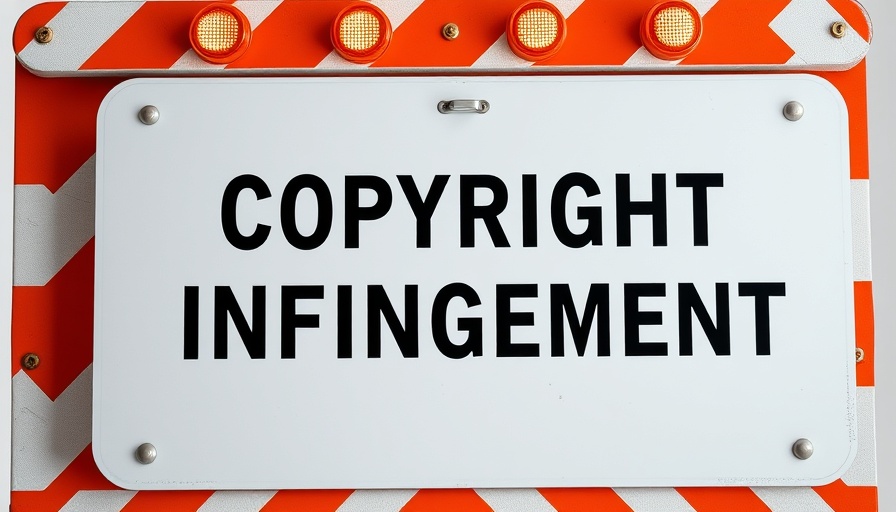
Unlocking Hidden Potential: Scout Beyond Traditional Channels
In today's competitive job market, simply posting vacancies on major platforms like LinkedIn is no longer sufficient. Top talent often lurks in lesser-known spaces, such as niche forums, specialized Slack groups, or even college clubs and coding competitions. These are the environments where exceptional candidates hone their skills while remaining unnoticed by conventional recruitment strategies. Just as legendary basketball scout discovered Michael Jordan, successful businesses must venture into less obvious territories to find their next game-changing hire.
The Modern Motivators: More Than Just Money
While salary remains a vital factor in attracting candidates, today’s top performers prioritize personal alignment with company values and the prospect of career mentorship. Younger professionals are increasingly intentional about their choice of employers, seeking opportunities that foster growth and purpose. Companies that articulate their alignment with these values—and provide pathways for professional development—will stand a better chance of captivating these recruits.
The Importance of a Proactive Approach: Building a Talent Pipeline
Waiting for a vacancy to arise before you begin searching for talent is a recipe for disaster. A successful recruitment strategy involves cultivating a talent pipeline long before you need new hires. Engaging with potential candidates continuously, participating in community events, and nurturing relationships can lead to fruitful hiring when the time comes. Building these connections helps organizations remain agile, positioning them ahead of competitors who rely solely on reactive hiring practices.
Hiring for Potential, Not Just Credentials
When evaluating candidates, consider their potential for growth more than their existing resume. Skills can be taught, but an enthusiastic mindset and willingness to learn are invaluable traits. By identifying candidates with a high ceiling for growth, businesses can foster innovation and adaptability, leading to long-term success.
The Need for Swift Action in Recruitment
In a market where top talent is snapped up quickly, decisiveness becomes a crucial element of effective hiring. The best candidates don’t remain unclaimed for long, and businesses must act swiftly to make appealing offers. Building a compelling case for why a candidate should join your company, combined with prompt communication, can make the difference in closing a crucial hire.
Taking these strategies to heart and implementing them can ultimately allow entrepreneurs and small business owners to capture the best talent available, fortifying their companies against future challenges and ensuring growth.
 Add Row
Add Row  Add
Add 




Write A Comment